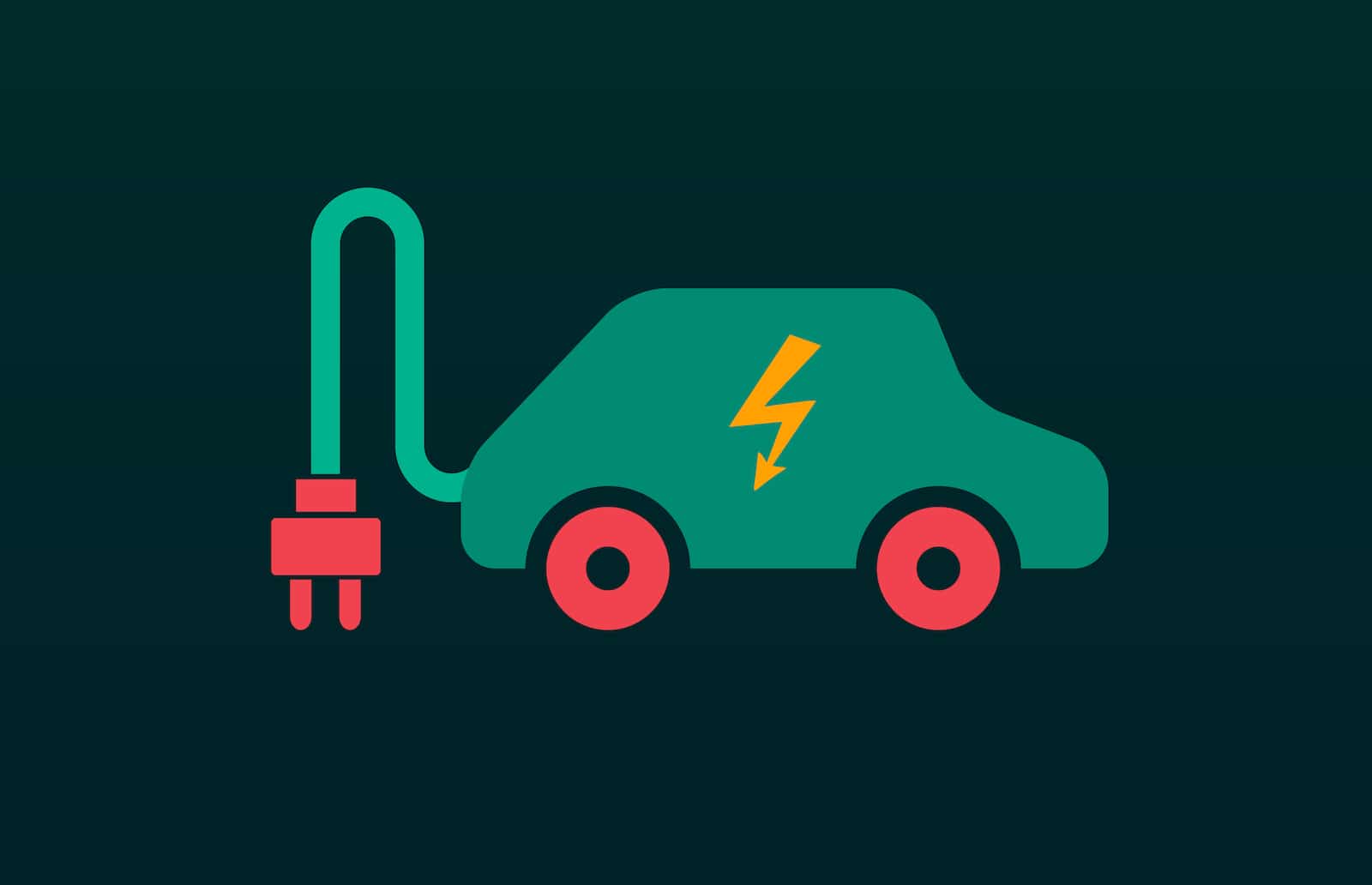The future of the automobile is no doubt electric. Despite continued resistance from the oil lobby, electric vehicle (EV) sales continue to grow. EVs offer an emission free personal transport option that, with the proper infrastructure, will require little sacrifice from our current gas-guzzlers. As adoption goes up and prices come down, EVs are promising to solve one of the biggest pollution problems of urban society.
EVs are great but, unfortunately, they don’t solve the urban parking crisis. However, thanks to some innovative research, parked EVs could be used to power smart buildings through the smart grid. There were initially concerns that this clever idea would place too much strain on EV batteries, but researchers from WMG at the University of Warwick have demonstrated a system that can actually improve performance and longevity. The ground-breaking research has huge implications for the future of smart technology and clean energy.
Dr Kotub Uddin, with colleagues from WMG’s Energy and Electrical Systems group and Jaguar Land Rover, has demonstrated that vehicle-to-grid (V2G) technology can be intelligently utilised to take enough energy from idle EV batteries to be pumped into the grid and power buildings, all without damaging the batteries. This new research into the potential of V2G conclusively showed that it could even improve vehicle battery life by around 10% over a year.
For two years, Dr Uddin’s team analysed some of the world’s most advanced lithium ion batteries used in commercially available EVs and created one of the most accurate battery degradation models existing in the public domain. They were able to predict battery capacity and power fade over time, under various ageing acceleration factors - including temperature, state of charge, current and depth of discharge.
Using this validated degradation model, Dr Uddin developed a ‘smart grid’ algorithm, which intelligently calculates how much energy a vehicle requires to carry out daily journeys. Crucially, it also measured how much energy can be taken from its battery without negatively affecting it or, as it eventually turned out, actually improving its longevity.
The researchers used their ‘smart grid’ algorithm, and EVs parked on the University of Warwick campus, to see if they could power WMG’s International Digital Laboratory – a large, busy building which contains a 100-seater auditorium, two electrical laboratories, teaching laboratories, meeting rooms, and houses approximately 360 staff.
Approximately 2.1% of cars in the UK are now electric-powered, the campus parking had a similar percentage. Uddin’s team worked out that the number of EVs parked on the campus could spare the energy to power the building, suggesting many other buildings already have the potential for such a system. During the experiment the researchers confirmed that capacity fade in participant EV batteries would be reduced by up to 9.1%, and power fade by up to 12.1% over a year.
Memoori sees the combined market for Energy Software in Smart Buildings (comprised of Enterprise Energy Management, BECS Supervisory Software and Smart Building to Smart Grid Interface Software) rising to nearly $10Bn by 2020, with related software on the Smart Grid side growing at a healthy 12% CAGR to nearly $2bn by 2020.

It had previously been widely accepted that extracting energy from EVs with V2G technology would cause their lithium ion batteries to degrade more rapidly. However, Dr Uddin’s group, with the support of automotive companies Jaguar Land Rover, have proved that battery degradation is more complex, and can even be exploited to improve a battery’s lifetime.
Given that battery degradation is dependent on calendar age, capacity throughput, temperature, state of charge, current and depth of discharge, V2G is an effective tool that can be used to optimise a battery’s conditions to such an extent that degradation is minimised. It’s a win for EVs, a win for smart buildings and a win for power systems seeking innovative ways to reduce consumption while meeting demand.
“These findings reinforce the attractiveness of vehicle-to-grid technologies to automotive Original Equipment Manufacturers: not only is vehicle-to-grid an effective solution for grid support – and subsequently a tidy revenue stream - but we have shown that there is a real possibility of extending the lifetime of traction batteries in tandem,” said Dr Uddin after the paper’s release.
The potential of Uddin’s work goes beyond EVs powering buildings. It brings us closer to a highly dynamic energy system which incorporates stationary commercial, residential and industrial energy storage, in addition to EV batteries, alongside renewable energy, to power our buildings and cities with continuously re-optimizing and demand balancing intelligence.
Such a system would accelerate the adoption of EVs, reducing our dependence on fossil fuels and improving air quality in our cities. “The results are also appealing to policy makers interested in grid decarbonisation,” said Uddin, whose work is already demanding the attention and support of government. If further studies prove positive, expect more EVs, more charging points, as well as a mutually beneficial new relationship between cars and buildings.
[contact-form-7 id="3204" title="memoori-newsletter"]



